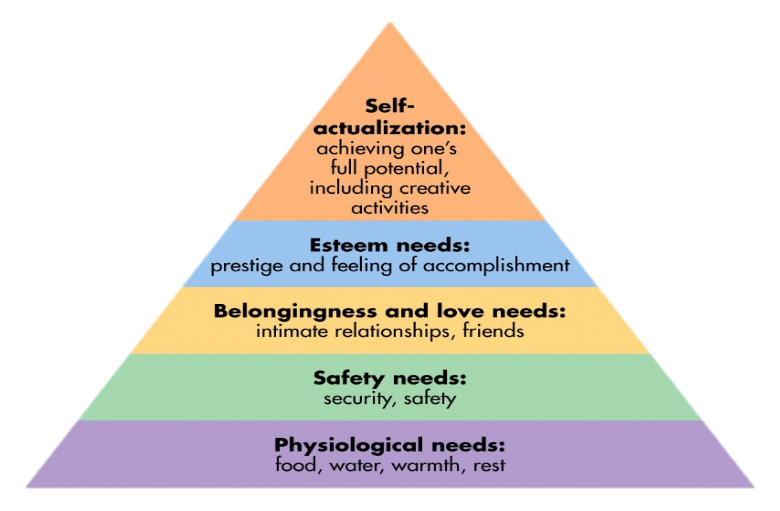The Value of Employee Engagement
- Team @ Brown Bag App
- Jul 19, 2018
- 2 min read
It’s a dynamic business environment and companies need engaged and motivated employees who are passionate about their company. Executives and HR professionals have a hard time implementing, let alone measuring, the impact of employee engagement in their organizations.
Today, we want to discuss the business value of having an engaged workforce and share some important metrics that your organization can track when it comes to employee engagement.
Engaged employees and those who are willing and able to contribute to company’s success as well as infuse passion into their work (extra energy, brainpower, and time). They are not just focused on accomplishing tasks vs. achieving an outcome or goal. They are not disruptive and negative toward the organization and its mission; moreover, do not undermine what their engaged co-workers accomplish.
What’s the value of engaged employees or conversely the cost of non-engagement.
Only 22% of our workforce are engaged, 68% are not engaged, and 11% are disengaged according to the Towers Perrin’s Global Workforce Study
In the U.S., the estimated cost of disengagement in the workplace is over $350 billion in lost productivity, accidents, theft and turnover each year according to The Economics of Engagement by Allan Schweyer with Human Capital Institute and Enterprise Engagement Alliance
Talent replacement costs an organization between 30% and 50% of the annual salary of entry-level employees, 150% of middle-level employees and up to 400% for specialized, high level employees according to the study by Ross Blake, Employee Retention: What Employee Turnover Really Costs Your Company
Financial metrics are easy enough to quantify; however, when it comes to more qualitative aspects, such as talent engagement, it can be harder to measure; however, we suggest you try because the benefits will be a more in-depth understanding of your workforce.
High-engagement firms grow their earnings-per-share (EPS) at a faster rate (28%) while low-engagement firms experienced an average EPS growth rate decline of 11.2% (Towers Perrin, Closing the Engagement Gap: Global Workforce Study)
Highly engaged firms had a shareholder return that was 19% higher than average. In low-engagement organizations, shareholder return was actually 44% below average (Hewitt Associates)
Increased levels of employee engagement has been correlated with greater customer satisfaction, productivity, profit, and decreased turnover, absenteeism, and accidents. Resulting impact on revenue ranged from $960,000 to $1,440,000 per year per business unit when comparing those companies in the top quartile on employee engagement versus those companies in the bottom quartile. (Business-unit-level relationship between employee satisfaction, employee engagement, and business outcomes: A meta-analysis. Journal of Applied Psychology)
Engaged employees – work more effectively, instead of just working more; find ways to improve; share information with colleagues; develop creative solutions; provide suggestions; speak up for the organization; and try harder to meet customers’ needs, leading to repeat business (Schweyer)
Gallup accumulated 199 research studies across 152 organizations in 44 industries and 26 countries and they concluded that there is a direct correlation between employee engagement and company performance in the form of customer loyalty, profitability, productivity, turnover, safety, absenteeism, shrinkage, and quality.
Conclusion:
We all agree that employee engagement is important. Measuring the actual business value of an engaged workforce and how engaged your employees are is hard. However, it is very important as you’ll be able to better allocate your limited resources accordingly.
By
Howard Schechter
Co-Founder and CRO
Brown Bag


Comments